
Skycrown Casino

Skycrown Casino
Ready to take your blackjack skills to the next level? You should know that blackjack isn’t just a game of chance. A well-crafted strategy can tip the scales in your favour, leading to bigger wins at online casinos in Australia. So, let’s delve into the exciting realm of blackjack strategy and give you the tools to up your game and increase your chances of winning BIG!
Blackjack is a popular card game played in casinos worldwide, where the objective is to obtain a hand with a higher value than the dealer’s without exceeding 21. Players receive two initial cards and can choose to draw additional cards (hit) or keep their current total (stand). In the game, cards 2-10 are worth their face value, while face cards are worth 10, and Aces can be 1 or 11, depending on what benefits the hand most.
The best online casino sites to play online Blackjack in Australia can be found below.

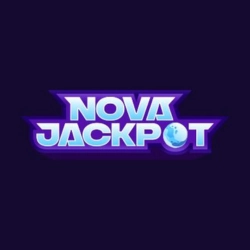
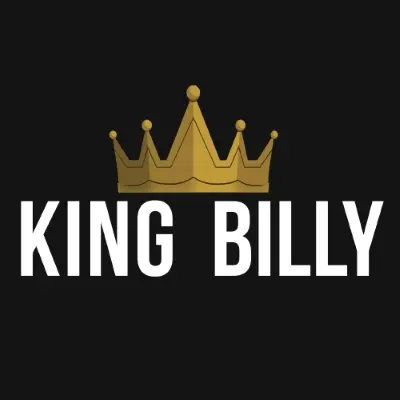

A blackjack strategy chart is an essential tool for every player. It guides you on when to hit, stand, double down, split pairs, or surrender based on your hand and the dealer’s upcard. Make sure you study this chart to increase your chances of winning!
Remember, following the chart’s suggestions can significantly improve your odds at the table. But don’t forget that each game can have different rules and variations, so be sure to adjust your strategy accordingly.
Blackjack strategy charts can be divided into three types based on the player’s hand: hard hands, soft hands, and split hands. Each type of chart offers the optimal strategy for that specific hand category. Let’s explore each of them in more detail:
A hard hand is a hand without an Ace or with an Ace that counts as 1 to avoid busting. The hard hands chart focuses on scenarios where the player doesn’t have an Ace or can’t use it as an 11. The chart guides you on whether to hit, stand, double down, or surrender based on your hand’s total and the dealer’s upcard. By following the chart’s recommendations, you’ll be making the statistically best move for your hard hand in each situation.
A soft hand is a hand with an Ace that can be counted as either 1 or 11 without busting. The soft hands chart caters to scenarios where the player has an Ace that can be used as an 11. In these situations, you have more flexibility and potentially more advantageous options. The chart will help you decide when to hit, stand, or double down based on your soft hand and the dealer’s upcard, ensuring you make the optimal play.
The split hands chart comes into play when you have a pair of identical cards, such as two 8s or two Aces. Splitting your hand can sometimes provide you with a better chance of winning, but it’s essential to know when it’s best to split and when it’s better to keep your original hand. The split hands chart guides you on whether to split your pair or follow the recommendations for hard or soft hands based on the dealer’s upcard.
When using blackjack strategy charts, it’s crucial to use the appropriate chart for your hand type, as each chart provides tailored guidance for that specific situation. By following the recommendations consistently, you’ll improve your odds and minimise the house edge in the long run.
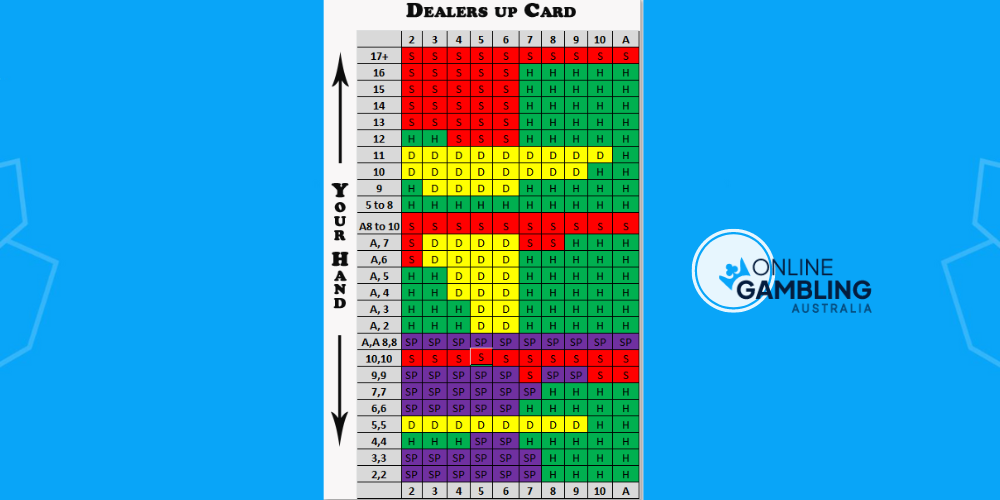
Before diving headfirst into chart memorisation, it’s essential to consider other vital aspects of a successful blackjack strategy. These elements, such as bankroll management, disciplined betting, and understanding table dynamics, can significantly impact your gameplay. Developing a well-rounded approach while playing online blackjack will increase your chances of success and make memorising the chart even more valuable in the long run.
While a basic blackjack strategy is a great starting point, it won’t guarantee you a win every time. It’s essential to adapt your strategy based on the specific game, table rules, and the dealer’s actions.
To truly excel at blackjack, you need to have the entire chart committed to memory. This will allow you to make quick, informed decisions during gameplay, increasing your chances of success. As you play more games and gain experience, you’ll naturally start to internalise the chart, making it second nature.
As you become more experienced, you’ll begin to notice patterns and trends in the game that can affect your strategy. You may find that you need to adjust your chart to better suit your evolving style and approach. Don’t be afraid to make changes and experiment with different strategies to find the one that works best for you.
In blackjack, where gaining a mere 1% edge over the house is a significant achievement, a 99% game simply won’t cut it. Mastering the art of reading a blackjack strategy chart is crucial for consistent success. By adhering to your strategy and making informed decisions based on the chart, you’ll refine your skills and develop an impeccable blackjack strategy for any situation.
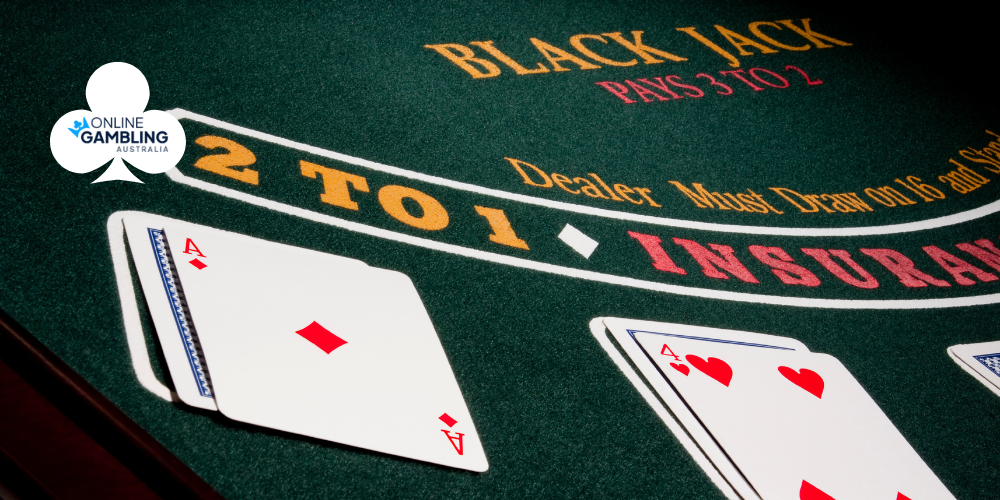
To build a solid foundation for your blackjack strategy, it’s crucial to understand the order of operations. This will help you make the right decisions at the right time, in turn increasing your chances of success.
Surrender: In some games, you may have the option to surrender. This means forfeiting half your bet to end the hand early. It’s generally best to do this when you have a weak hand, and the dealer’s upcard is strong.
Split: If you’re dealt two cards of the same value, you can choose to split your hand into two separate hands. This can be a beneficial move, especially when splitting aces or eights.
Double: When your hand has a high probability of winning, consider doubling your bet. This means placing an additional wager equal to your original bet and receiving one more card.
Hit or stand: Lastly, you’ll need to decide whether to hit (take another card) or stand (keep your current hand). This decision should be based on your hand’s total value and the dealer’s upcard.
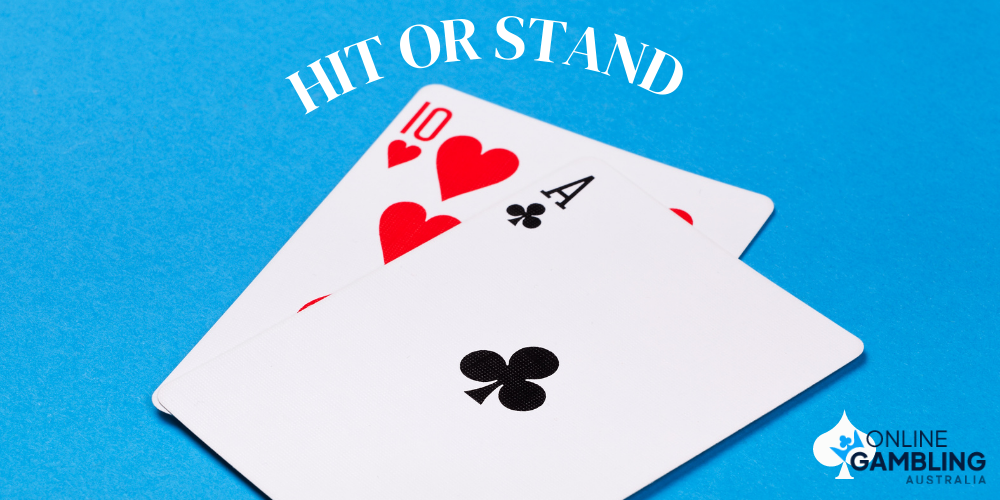
To help you further understand and improve your blackjack strategy, here are 30 uncomplicated phrases, along with brief explanations, to help guide your decision-making process:
1. Always hit a soft 17: A soft 17 is when you have an Ace and a 6. Since the Ace can be valued as 1 or 11, you should always hit to try and improve your hand.
2. Stand on a hard 17: A hard 17 is when your hand does not contain an Ace, or the Ace is only valued as 1. At this point, it’s best to stand to avoid the risk of busting.
3. Double down on 11: If your hand’s total value is 11, it’s a good idea to double your bet, as your chances of getting a high-value card are high.
4. Always split aces and eights: Splitting these cards can give you a better chance of getting a strong hand or avoiding a potential bust.
5. Never split tens or face cards: With a value of 20, you already have a strong hand, and splitting would likely result in a weaker outcome.
6. Stand on hard 12 against a dealer’s 4, 5, or 6: In this scenario, the dealer is more likely to bust, so it’s best to stand and let them take the risk.
7. Hit on hard 12 against a dealer’s 2 or 3: The dealer’s upcard is weak, but they have a better chance of improving their hand, so it’s best to hit.
8. Hit or double Aces-6: This is a soft 17, and as mentioned earlier, always hit a soft 17 to try and improve your hand. If doubling is allowed, consider it.
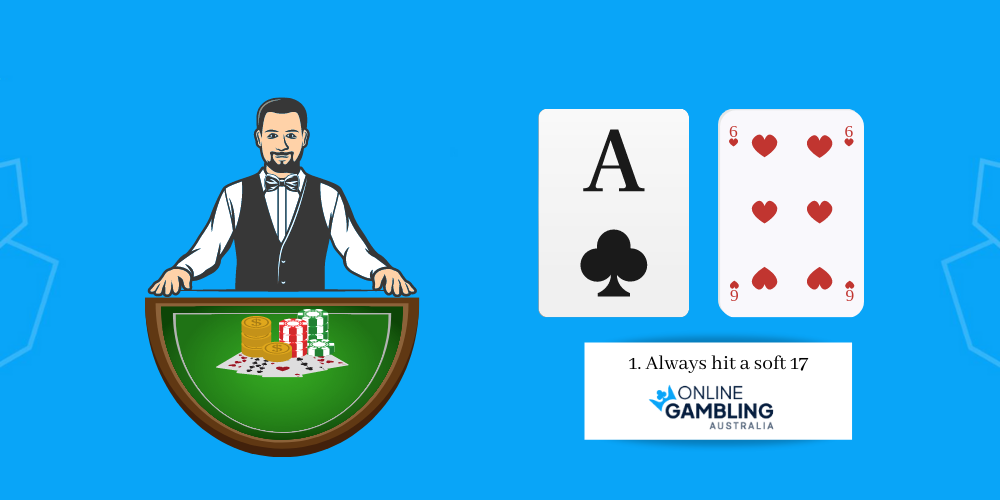
9. Surrender 16 against a dealer’s 10: If surrendering is an option, it’s better to forfeit half your bet and save potential losses against a strong dealer’s hand.
10. Stand on 13-16 against a dealer’s 2-6: In this situation, the dealer has a higher chance of busting, so it’s best to stand and avoid the risk of going over 21.
11. Hit on 13-16 against a dealer’s 7-Ace: If the dealer has a strong upcard, your chances of winning with a 13-16 hand are slim, so it’s better to hit and try to improve.
12. Always stand on a hard 19 or 20: With these hands, you’re very close to 21, and hitting would likely result in a bust.
13. Hit a soft 18 against a dealer’s 9, 10, or Ace: Since the dealer has a strong upcard, it’s better to hit and try to improve your hand.
14. Stand on a soft 18 against a dealer’s 2-8: With a dealer’s weak upcard, it’s best to stand and avoid the risk of busting.
15 Double down on 10 against a dealer’s 2-9: With a strong hand, consider doubling your bet to maximise potential winnings.
16. Double down on 9 against a dealer’s 3-6: This gives you a good chance of getting a high-value card, making it a strong move.
17. Never take insurance: Insurance is generally considered a bad bet, as it has a higher house edge and is not in your favour.
18. Stand on soft 19 or 20: With a strong hand, it’s best to stand and avoid the risk of going over 21.

19. Hit on soft 13-14 against a dealer’s 2-6: Your hand is weak, and the dealer has a higher chance of busting, so it’s best to hit and try to improve your hand.
20. Stand on soft 15-16 against a dealer’s 2-6: With a slightly stronger hand, it’s better to stand and let the dealer take the risk of busting.
21. Hit on soft 13-14 against a dealer’s 7-Ace: Since the dealer has a strong upcard, it’s better to hit and try to improve your hand.
22. Double down on soft 13-14 against a dealer’s 5-6: If doubling is allowed, this can be a strong move to increase your potential winnings.
23. Hit on hard 8 or lower: With a weak hand, it’s best to hit and try to improve.
24. Stand on hard 9 against a dealer’s 2-6: In this situation, the dealer is more likely to bust, so it’s best to stand and let them take the risk.
25. Hit on hard 9 against a dealer’s 7-Ace: The dealer’s upcard is strong, so it’s better to hit and try to improve your hand.
26. Double down on soft 15-16 against a dealer’s 4-6: This gives you a good chance of getting a high-value card, making it a strong move.
27. Stand on soft 17 against a dealer’s 2-6: With a dealer’s weak upcard, it’s best to stand and avoid the risk of busting.
28. Hit on soft 17 against a dealer’s 7-Ace: Since the dealer has a strong upcard, it’s better to hit and try to improve your hand.
29. Double down on soft 17 against a dealer’s 3-6: If doubling is allowed, this can be a strong move to increase your potential winnings.
30. Stand on hard 17 against a dealer’s 7-Ace: With a strong hand, it’s best to stand and avoid the risk of going over 21.
After mastering these 30 phrases, you’ll be well on your way to building an effective blackjack strategy. Remember, practice makes perfect, and the more you play, the better you’ll become at making informed decisions at the table.
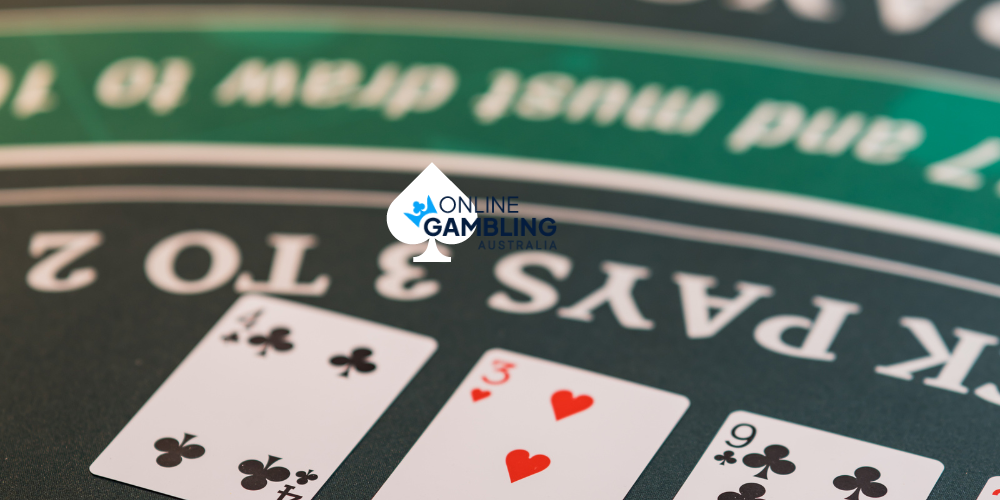
Several other blackjack strategies can be employed to increase your chances of winning, beyond the basic strategy discussed previously in this article. Some of these strategies include:
Card Counting: This is a popular and advanced technique used to track the ratio of high cards to low cards in the deck. By keeping a running count, players can determine when the deck is favourable, and adjust their bets and playing decisions accordingly. There are different card counting systems, such as the Hi-Lo, KO, and Omega II systems, each with its own level of complexity and effectiveness.
Shuffle Tracking: This strategy involves tracking specific sections of the deck as they’re shuffled, in order to predict when certain cards will be dealt. It requires excellent observation and memory skills and works best in games with fewer decks and more frequent shuffling.
Hole Carding: This technique involves identifying the dealer’s hole card (the face-down card) by taking advantage of dealer errors or physical tells. While difficult to execute and rare in most casinos, successful hole carding can provide a significant edge for the player.
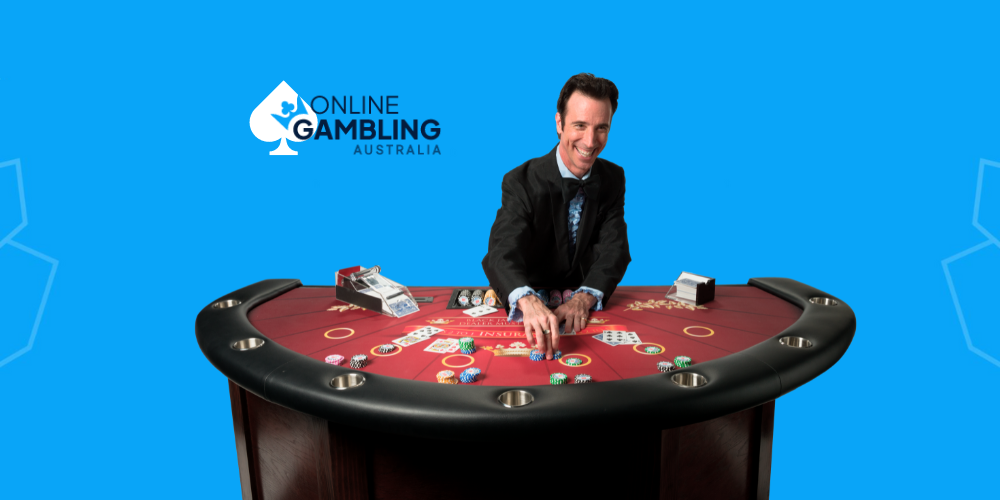
Composition-Dependent Strategy: Unlike basic strategy, which considers only the total value of the player’s hand and the dealer’s upcard, the composition-dependent strategy takes into account the specific cards that make up the hand. This can lead to more nuanced decisions that further optimise the player’s odds.
Betting Systems: While not directly related to in-game decisions, betting systems like the Martingale, Paroli, and Labouchère can be used to manage your bets and bankroll. These systems involve adjusting your bets based on the outcome of previous rounds, with the aim of minimising losses or maximising gains. However, it’s important to note that no betting system can overcome the house edge in the long run.
Team Play: Some advanced players form teams to take advantage of card counting and other advanced strategies while avoiding detection from casino staff. Team members may use signals and code words to communicate information about the count and optimal playing decisions.
Remember that some of these online gambling strategies, like counting cards and team play, may not be permitted in certain casinos or online gaming platforms, and can result in being banned or penalised. Always familiarise yourself with the rules and regulations before attempting to employ advanced techniques.
Final Note: Understanding and applying the right blackjack strategy is essential for increasing your chances of winning. As you gain experience and knowledge, you’ll find that your skills and strategy will continue to evolve, allowing you to make better decisions and improve your overall success at the game. Remember to stay consistent, adapt to different situations, and, most importantly, have fun while playing! Good luck, and may the cards be forever in your favour!
The best blackjack strategy is to learn and apply basic strategy. This involves following a strategy chart that tells you when to hit, stand, double down, split, or surrender based on your hand and the dealer’s upcard. Keep in mind that while basic strategy can significantly reduce the house edge, it doesn’t guarantee a win in every hand.
Blackjack strategy can be learned by playing free online blackjack games. Many online casinos offer demo versions of blackjack games that allow players to practise without risking real money. This is a great way to become familiar with the game and hone your skills before playing for real money.
Card counting techniques are generally less effective in online casinos compared to land-based casinos. This is because online blackjack games typically use continuous shuffling machines or shuffle the deck after every hand, making it difficult to gain an advantage through card counting.
To choose the best online casino for blackjack, Australian players should consider factors such as game variety, software quality, security, and customer support. Additionally, look for casinos that offer generous bonuses, a variety of deposit and withdrawal options, and a strong reputation in the industry.
Yes, players can use blackjack strategy charts while playing online. Since online play allows you to refer to resources without restriction, players can keep a strategy chart handy to help make optimal decisions during the game.
It is legal for players to play blackjack online at offshore online casinos that accept Australian players. However, it’s important to verify the legality and licensing of the casino you choose to ensure it operates within industry regulations.
The house edge in blackjack varies depending on the specific game rules and the player’s strategy. For players who follow the basic strategy, the house edge can be as low as 0.5%. However, the edge may increase if the player deviates from the basic strategy or if the game has unfavourable rules.